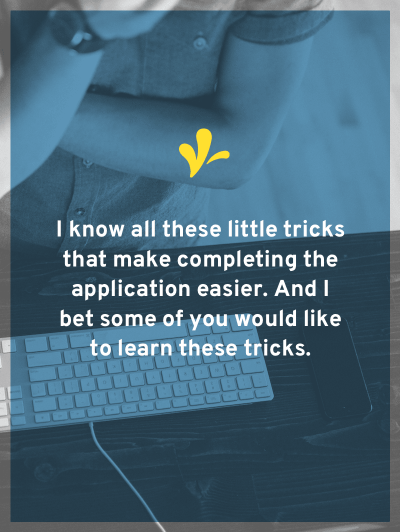Picking the right copyright application and identifying what you are registering
Every Sunday night I make a cup of tea and plot out my week at the kitchen table. I pull out colorful pens and my trusty Little Ostu planner. I make sure my appointments in my planner match up with my electronic calendar and vice versa. I look at my client to-do list and my editorial calendar and block off time to tackle those items. Finally, I look at my goals for the month and figure out how I can move them forward that week. Sometimes things go as planned. Other times my plan falls flat.
This week, I foiled my own plan. My original plan required editing a video and registering a copyright in some content. Plus about 13 other things.
When the time came to register my copyright, I opened up Spotify put on some 90’s jams and started the process. While I was doing this, my brain jumped back to a webinar that Maria Brophy and I co-hosted.
 Several people commented that their big takeaway was the importance of copyright registration.
Several people commented that their big takeaway was the importance of copyright registration.
Then it hit me, I know all these little tricks that make completing this application easier. And I bet that some of you would like to learn these tricks.
So rather than editing the video, I created a new one. And it gives you a behind-the-scenes peek at how I go about registering my copyrights.
After I did the first take I realized it was way too long for a single video, so I split it into three parts. Here we tackle selecting the right application and identifying what you are registering. The rest of this series covers:
